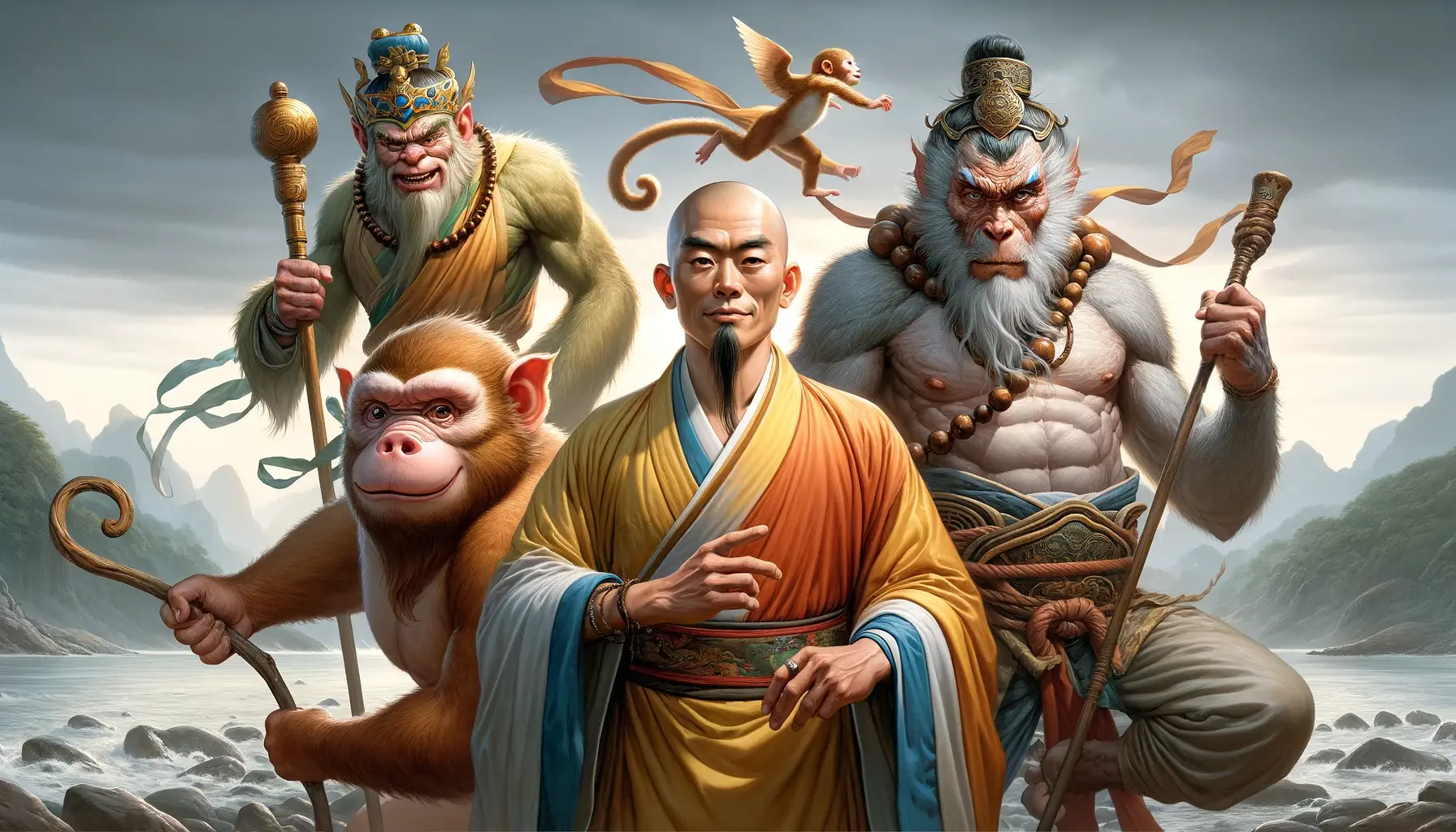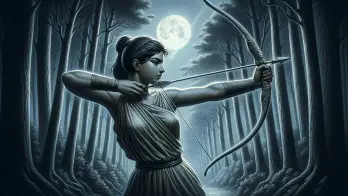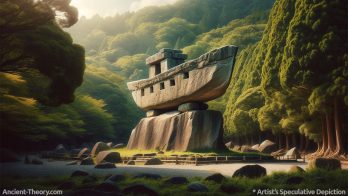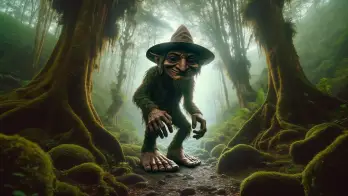“Journey to the West,” a legendary tapestry woven with the threads of fantasy, philosophy, and humor, is a monumental work in Chinese literature. Penned by the imaginative Wu Cheng’en during the Ming Dynasty, this epic saga continues to enthrall and enlighten, bridging the past and present with its timeless appeal.
The Epic Journey
At its heart, the story revolves around the pilgrimage of the Buddhist monk Xuanzang, historically known as Tang Sanzang. His mission? To travel to India to retrieve sacred Buddhist texts, the sutras, which hold the promise of enlightenment. This journey, set against the backdrop of a fantastical ancient China, is fraught with perils, demons, and divine interventions, mirroring the complex tapestry of Buddhist and Taoist cosmology.
Three Colorful Companions
Xuanzang’s companions are as iconic as the journey itself. First, the irrepressible Sun Wukong, the Monkey King, leaps into the narrative with his mischievous antics and incredible powers. Born from a stone and gifted with immortality, Sun Wukong’s journey from a rebel against the heavens to a devoted disciple mirrors themes of redemption and the quest for spiritual growth.
Then there’s Zhu Bajie, or “Pigsy,” a figure embodying human flaws. Once a heavenly general, his fall from grace and transformation into a pig-human hybrid serve as a humorous yet poignant reminder of the consequences of indulgence and the potential for redemption.
The third disciple, Sha Wujing, known as “Sandy,” brings a stoic balance to the group. His past as a celestial being cursed to live as a river ogre underlines the theme of repentance and the importance of steadfast loyalty.
A Tapestry of Challenges
Each leg of their journey is a testament to the trials of life. The group faces an array of challenges, from cunning demons seeking immortality to celestial tests that probe their moral and spiritual mettle. These encounters are not mere physical battles but allegories of the internal struggles against greed, ignorance, and doubt.
Moral and Spiritual Lessons
“Journey to the West” is rich in moral and spiritual symbolism. The quest for the sutras is a metaphor for the human quest for knowledge and enlightenment. Every ordeal the protagonists endure is a lesson in overcoming earthly desires, embodying Buddhist ideals of detachment and enlightenment.
Key Moments and Symbolism
One of the most striking episodes is Sun Wukong’s initial rebellion against the Jade Emperor of Heaven, showcasing his extraordinary powers and defiant spirit. This act of defiance, leading to his imprisonment under a mountain by Buddha, sets the stage for his eventual transformation and redemption.
Another pivotal moment is the encounter with the White Bone Demon, a creature who repeatedly tries to capture Xuanzang. This episode underscores themes of trust and perception, as Sun Wukong sees through the demon’s disguises, unlike his more naïve master.
The journey’s end, culminating in the attainment of the sutras, symbolizes the ultimate triumph of faith, wisdom, and perseverance over adversity. Each character, having undergone profound transformation, achieves a form of spiritual elevation, aligning with the story’s overarching theme of redemption and enlightenment.
Continued Relevance and Cultural Impact
The legend’s influence permeates modern culture, inspiring adaptations in literature, film, television, and even video games. The 1970s TV series known as “Monkey” key among them, there have since been several additional TV and movie adaptations of the story designed for both Chinese and global audiences. Its characters have become archetypes, representing various human traits and the universal journey towards understanding and enlightenment.
In essence, “Journey to the West” transcends its historical and cultural context, offering a window into the human soul. Its blend of humor, adventure, and philosophy continues to resonate, making it a timeless piece of literature that enlightens as much as it entertains.
“Journey to the West” is not just a story; it’s a spiritual and philosophical odyssey that speaks to the deepest aspects of human nature and our perennial quest for meaning. It teaches us about resilience, the transformative power of faith, and the endless journey towards enlightenment.
At Ancient Theory we only use trusted sources to document our articles. Such relevant sources include authentic documents, newspaper and magazine articles, established authors, or reputable websites.
- Wu Cheng'en and "Journey to the West" - An Overview (Britannica) [Source]
- The History of Chinese Literature (Kelly Pang) [Source]
- ‘Journey to the West’: Why the classic Chinese novel’s mischievous monkey – and his very human quest – has inspired centuries of adaptations [Source]
- The Journey to the West: A Platform for Learning about China Past and Present [Source]







